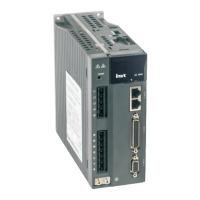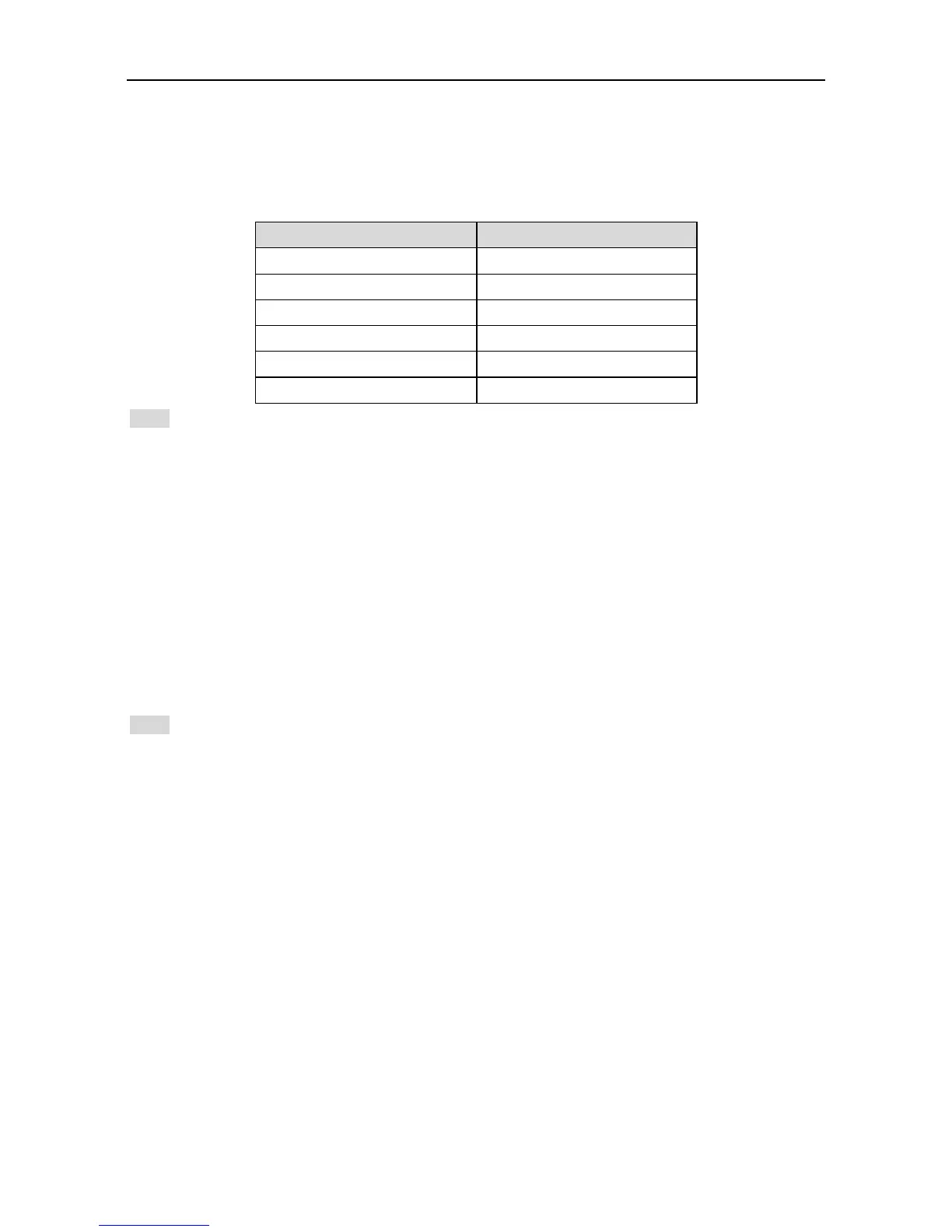SV-DA200 series AC servo drive Communication
-241-
standard 301. And there are some expansion for some sub-agreement based on CiA 301, for
example, CiA 402 for dynamic control.
8.3.2 CANopen hardware configuration
Refer to chapter 3.6 for the definitions and functions of pins of CAN communication terminals (CN3).
See the table below:
Note:
1. All CANL and CANH pins of the slave station can be connected directly with series connection
other than y connection.
2. The resistance of 120 ohms is needed between the master station end and the last node.
3. In order to avoid interference, CAN cable is shielded twisted-pair cable.
4. The longer connection needs higher drive ability of the CAN chip.
8.3.3 CANopen software configuration
Configure following three parameters before the application of CANopen:
1. Set P0.03 through LED panel or ServoPlorer software to 7 [CANopen mode];
2. Set P4.02 through LED panel or ServoPlorer software (0:1Mbps; 1:500kbps; 2:250kbps; 3:125kbps;
4:50kbps; 5:20kbps);
3. Set P4.05 through LED panel or ServoPlorer software(range:1–127).
Note:
1. Above three parameters are valid after restarting, so it is necessary to repower again or reset the
drive;
2.The node number of salve station cannot be the same as the node number of master station and
other slave station (CNC or PLC);
3. Synchronous signal is generated by the master station or be configured by the slave station. The
unit of synchronous communication cycle is 1us and the minimum unit of SV-DA200 is 1000 μs (1ms);
4. 0x1017 parameters is needed to be configured when the main station needs the slave station to
send a heartbeat message, the Unit is 1ms;
5. The drive will shut down automatically to ensure safety when CANopen state machine exits from
OP state.
8.3.4 CANopen functions
SV-DA200 servo drive is the standard slave station of CANopen and support some parameters of 301
standard protocol and 402 dynamic control protocol.
The basic protocol supporting CANopen: NMT, SYNC, SDO, PDO, EMCY.
The pre-definition collection includes 4 receiving PDO (Receive-PDO), 4 sending PDO

